Photos: Vikings accessorized with tiny metal dragons
Dragonhead
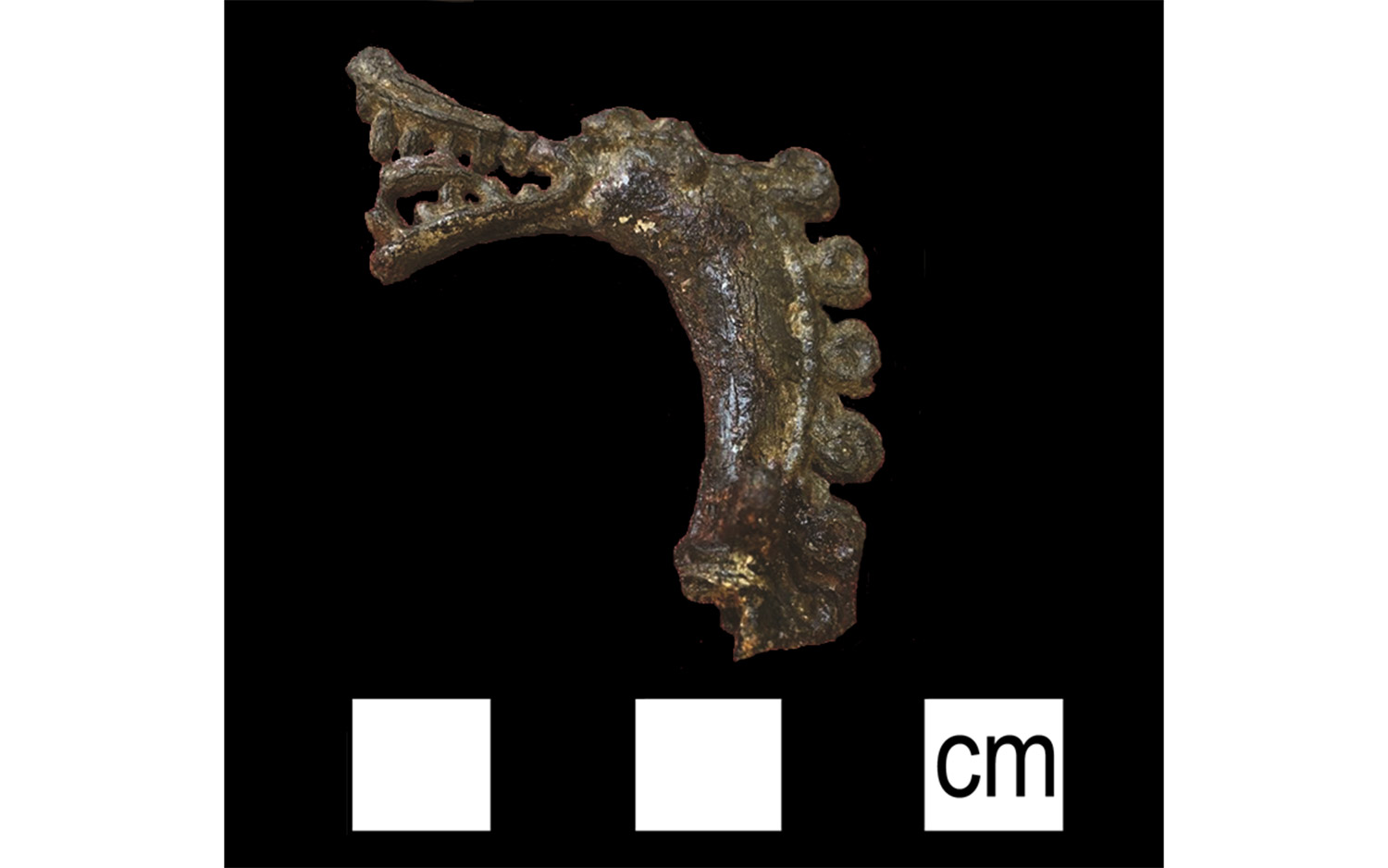
Archaeologists discovered a Viking dragonhead pin made out of lead in Birka, a Viking archeological town in Sweden, in 2015.
Amazingly, the newfound pin nearly matches a soapstone mold of a dragonhead found by a Swedish farmer in 1887.
[Read more about the Viking dragon]
3D dragonhead
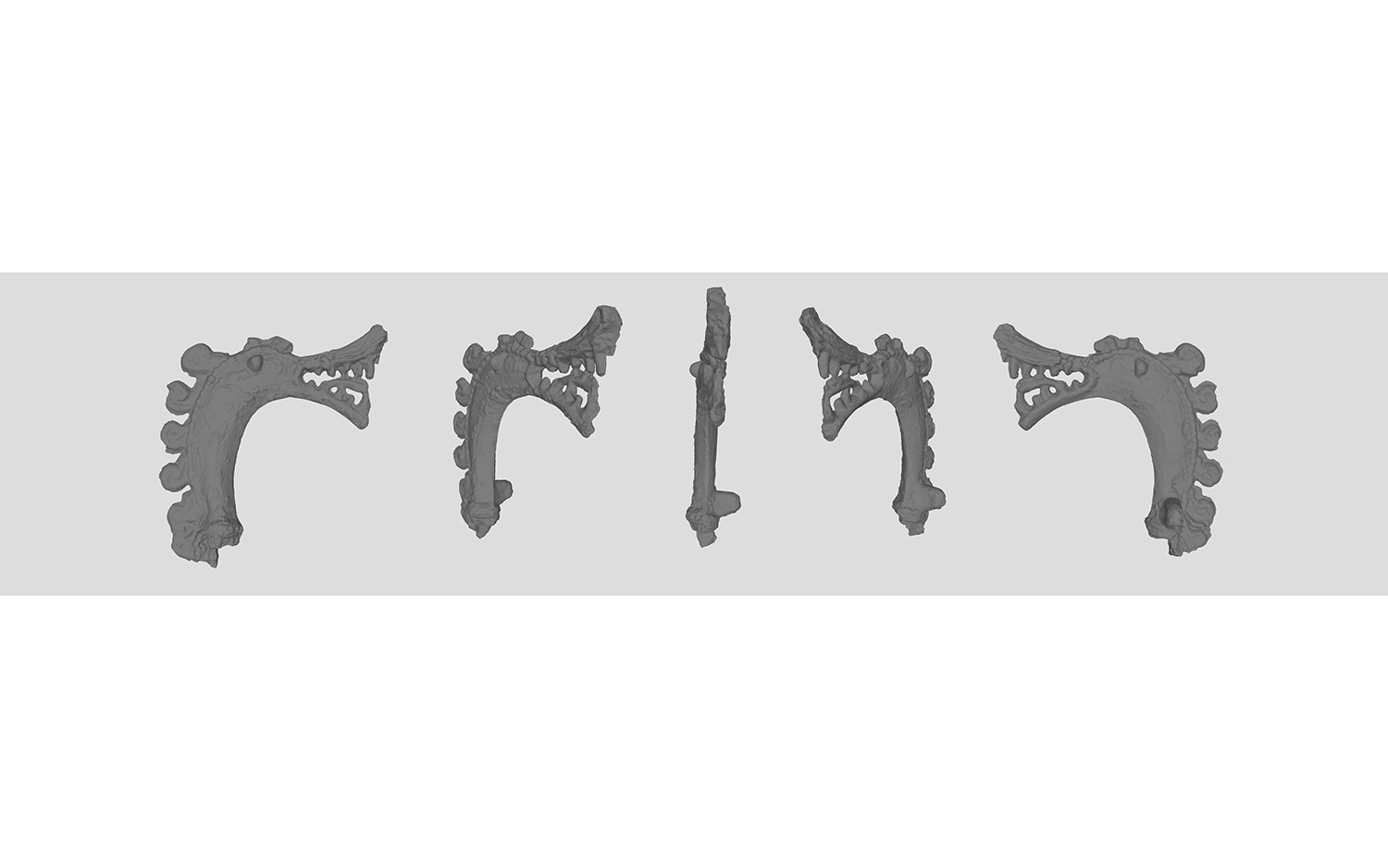
A 3D scan of the newfound dragonhead, which weighs just 0.4 ounces (13.5 grams). Notice the dragon's sharp teeth, the tongue and curly mane.
Viking town
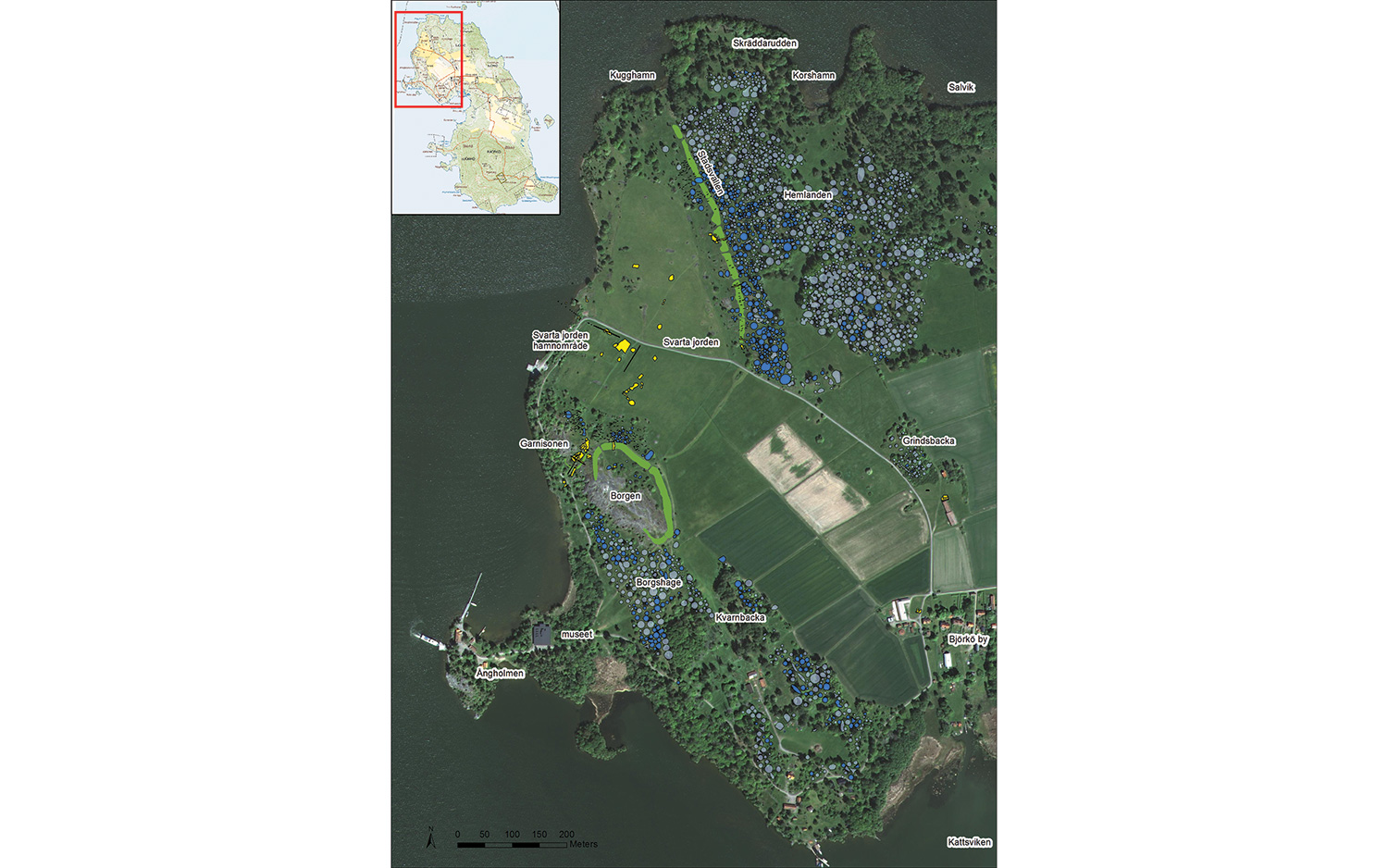
An aerial view of the Viking town Birka, which sits on the island of Björkö. Notice the defensive works (green) and excavated (dark blue) areas. The unexcavated graves (light blue) and the recorded excavation trenches (yellow) are also marked.
The dragonhead pin was found in the sediments of the harbor during an excavation called "Birka’s Black Earth Harbor."
Dragon mold
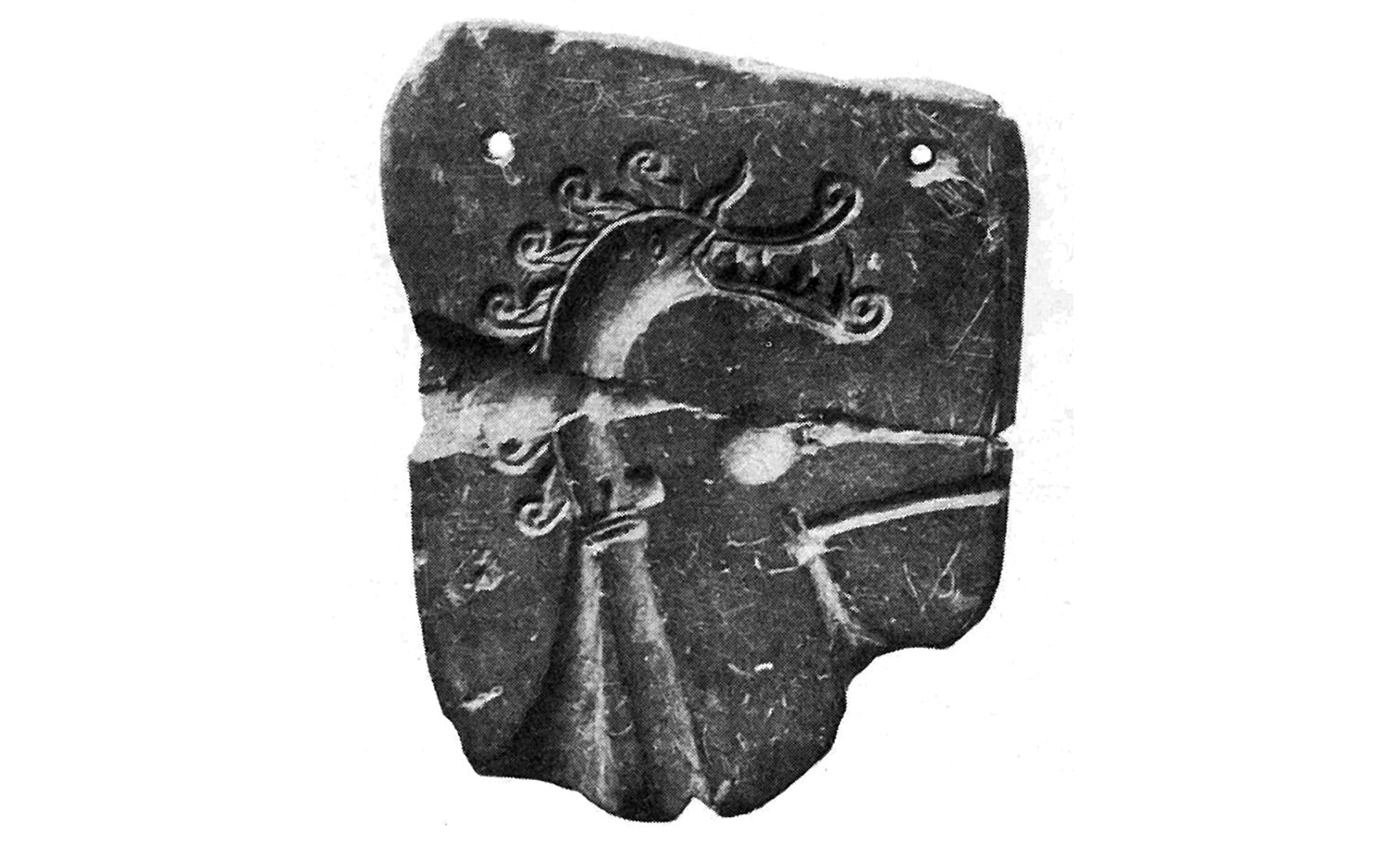
This is the dragonhead mold found by the farmer in 1887. It's now housed at The Swedish History Museum.
Ladby ship grave
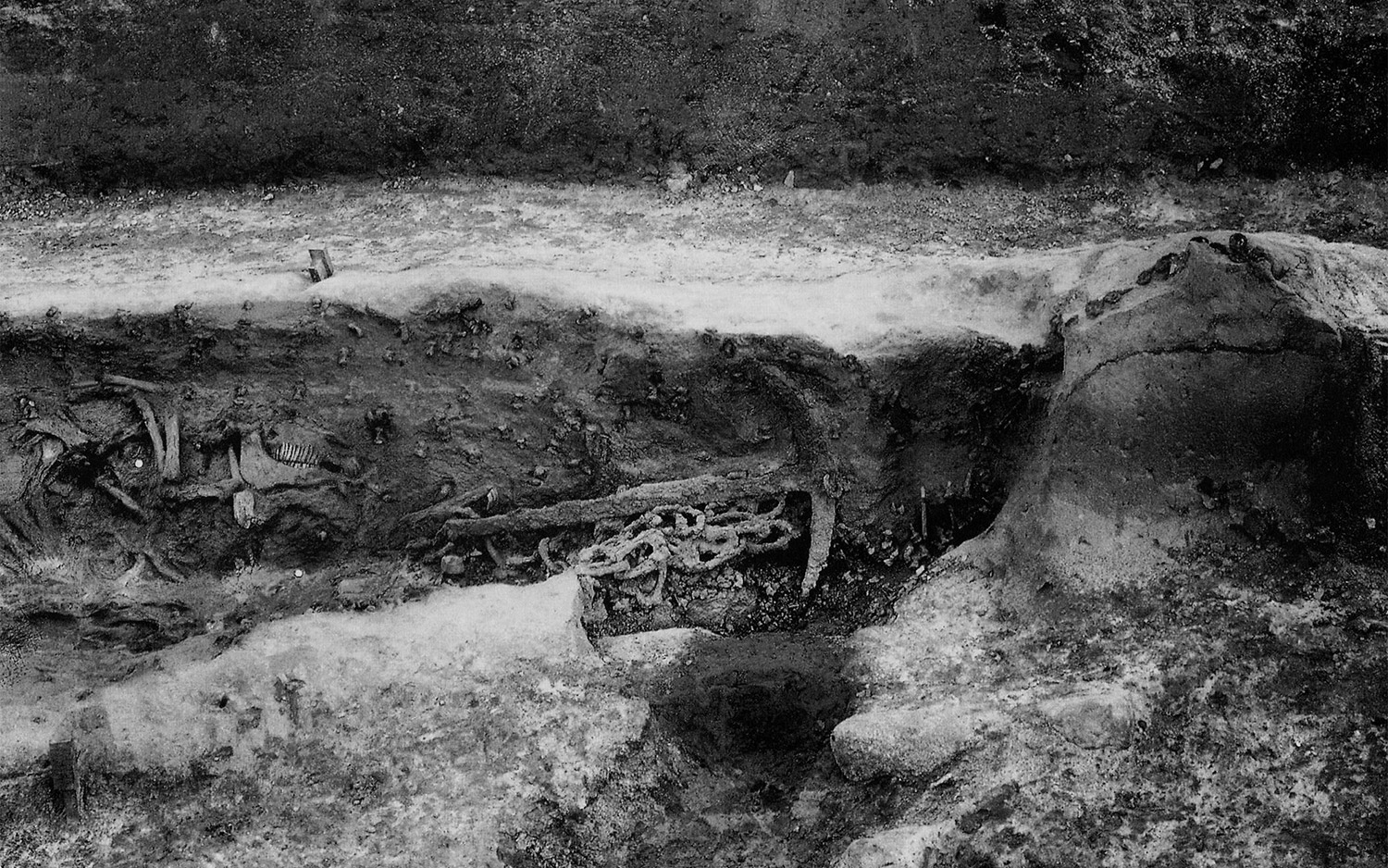
The Vikings often made dragonhead pins modeled after dragon figureheads on ships. The dragonhead pin found in Birka is similar to the Ladby ship, which was excavated from 1934 to 1937. Note the iron curls on the decayed wooden figurehead of the boat.
Dragon map
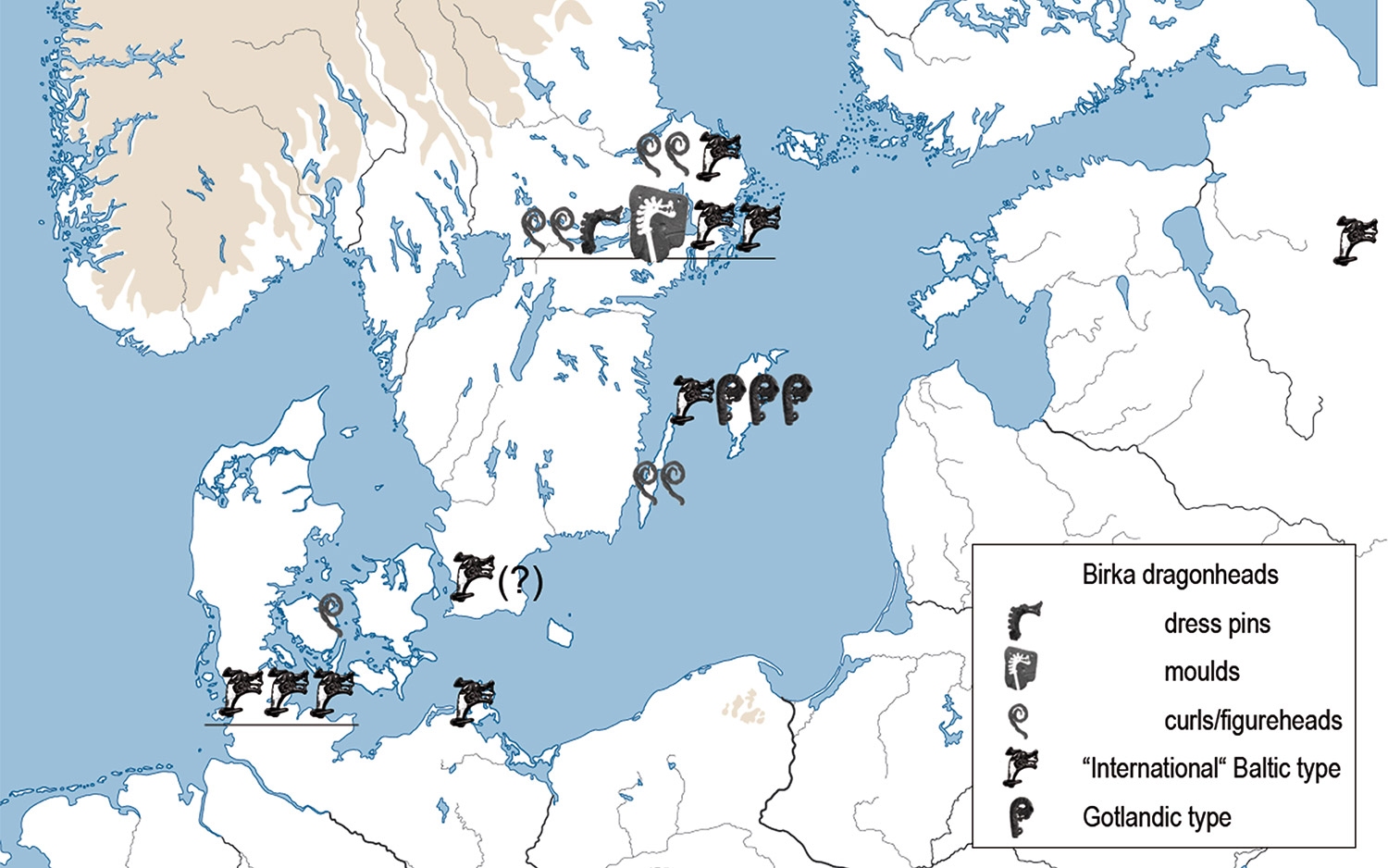
This map shows where archaeologists have found dragonhead dress pins, molds and iron curls from ships’ figureheads. Notice how dragonheads from different regions have different styles.
[Read more about the Viking dragon]
Get the world’s most fascinating discoveries delivered straight to your inbox.

Laura is the managing editor at Live Science. She also runs the archaeology section and the Life's Little Mysteries series. Her work has appeared in The New York Times, Scholastic, Popular Science and Spectrum, a site on autism research. She has won multiple awards from the Society of Professional Journalists and the Washington Newspaper Publishers Association for her reporting at a weekly newspaper near Seattle. Laura holds a bachelor's degree in English literature and psychology from Washington University in St. Louis and a master's degree in science writing from NYU.


